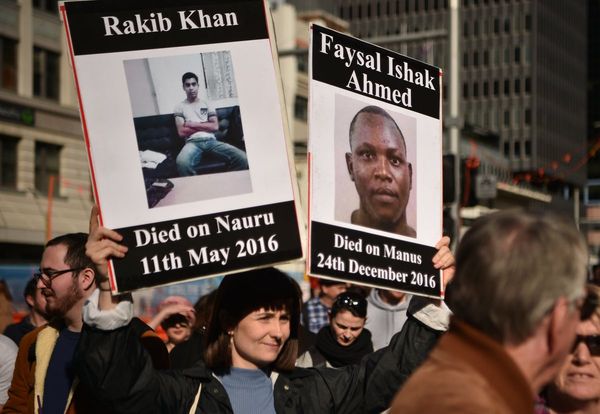
If you grew up in the 1980s, the future of law enforcement was envisioned through the lens of Robocop, with prime directives to serve the public, trust, protect the innocent, and uphold the law. However, modern law enforcement now embraces advanced technology like small drones designed to swiftly respond to 911 calls, handle emergencies, and deliver medical supplies before human responders can reach the scene.
The Responder, a cutting-edge drone, recently took its maiden flight in the wet woods near Seattle. Redmond PD stands out as one of the first departments to deploy such drones for actual 911 responses, boasting a remarkable response time of under two minutes across the city.
These drones are equipped to handle various situations efficiently. For instance, in cases of suspicious person reports, the drone can investigate and determine if police presence is necessary, saving resources and time. Moreover, the drones can autonomously launch and deliver critical supplies like Narcan in emergency situations.
Another innovative drone, Lemur 2, is designed for indoor use, providing valuable insights in dangerous scenarios. It can create floor plans of buildings, locate individuals, and establish communication with those in need, enhancing the safety of both civilians and law enforcement.
The company behind these drones has been in operation for three years, spearheaded by a visionary who was inspired by a tragic mass shooting incident in Las Vegas. The commitment to public safety and non-weaponization of the drones underscores their potential to save lives and improve law enforcement operations.
While the technology offers significant benefits, concerns about privacy and surveillance have been raised by civil liberties groups. The company assures that the drones are focused on the task at hand during 911 responses and emphasizes the importance of transparency in video recording.
Overall, the use of drones in law enforcement presents a promising avenue for enhancing public safety, facilitating dialogue in crisis situations, and minimizing risks for both officers and civilians. As departments consider adopting this technology, balancing its benefits with privacy considerations will be crucial for its successful integration into policing practices.







